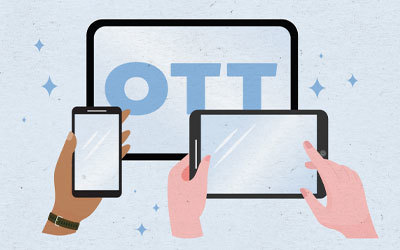Media Strategy

Written By
Wray Ward
Millennials have incredible buying power, and the nation’s largest living adult generation is putting its dollars where the home is: These consumers (ages 25 to 40 in 2021) are willing to spend 20% of their budget on purchases to upgrade their home. Furthermore, older millennials — or geriatric millennials — represent a lucrative demographic in their peak buying years that most brands would do well to target.
Recently, we broke down the differences between younger and older millennials and the factors that influence their purchasing habits. But where do geriatric millennials go for information? And how and where can marketers successfully engage with the eldest members of this purchasing superpower?
Here are two important factors to consider.
Buying behavior of older millennials
As a whole, older millennials reached homeownership more quickly compared to younger millennials. That means they’ve had more time to establish themselves as professionals in the workforce, get married and enter parenthood. And perhaps largely because their young families are becoming well established, they spend more of their hard-earned money on their home.
Compared to the younger cohort, older millennials make up a larger percentage of the total homeowner population. Because of their generally higher income and increased likelihood of having a spouse and/or children, they are spending more overall as well as more on household items. For example, older millennials spend an average of $426 annually on furniture, outpacing younger millennials’ $304 (Media Kix).
How does this pan out in the retail landscape? Older millennials are frequent online shoppers and often do online research prior to making a purchase. In fact, according to Extreme Reach, 84% of all millennials are digital shoppers. If they are exploring or researching new products, paid search may be an effective way to reach them.
But the benefits of digital advertising don’t end there. Online shopping doubles as a source of convenience and a time-saver for older millennials whose demanding jobs, young families and personal activities make for hectic schedules. That said, if older millennials are driven to websites to make a purchase, they are more likely to purchase online compared to younger millennials.
Media habits of older millennials
Social media is a game changer for millennials of all ages. But if your brand targets older millennials, advertising to them through platforms such as Facebook can be more effective than advertising to younger millennials who, according to several recent studies, prefer Snapchat, Instagram and TikTok.
Influencer marketing is a great way to leverage the reach of your brand on social media. As retail’s most brand-loyal consumer, older millennials will turn to influencers in the categories that they value and spend the most on — and for this demographic of millennials, that category is the home.
Allocating part of your marketing spend to influencer marketing on social media and other channels can drive traffic directly back to your website. In fact, consumers of all ages turn to influencers for product endorsements. Furthermore, according to eMarketer, 30% of all people ages 16–64 trust home category influencers.
It’s worth noting that influencer partnerships can be fostered through publisher partnerships as well as built organically, giving your brand several ways to tap into this powerful marketing tactic.
Older millennials also consume content through services such as over-the-top media. OTT provides television and video content to anyone who has access to the internet (in other words, going “over the top” of broadcast and television platforms). Simply put, this means they can consume content anytime, anywhere, on any medium and app. According to a recent study, millennials of all ages are more likely to consume paid television and movie services at home than are Generation X and Boomers. Recognizing these contrasting behaviors is a huge step in developing marketing that speaks to millennials of all ages.


